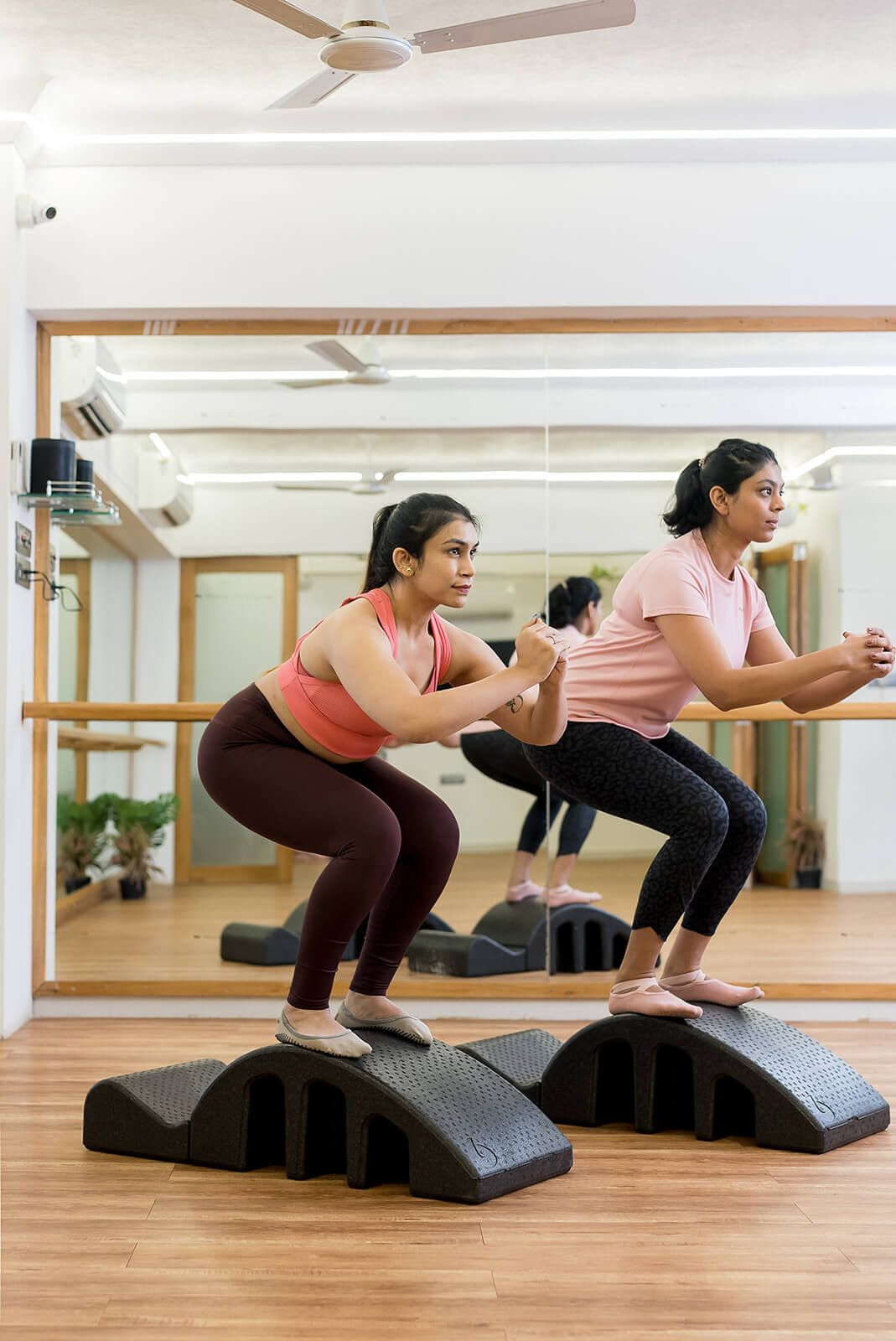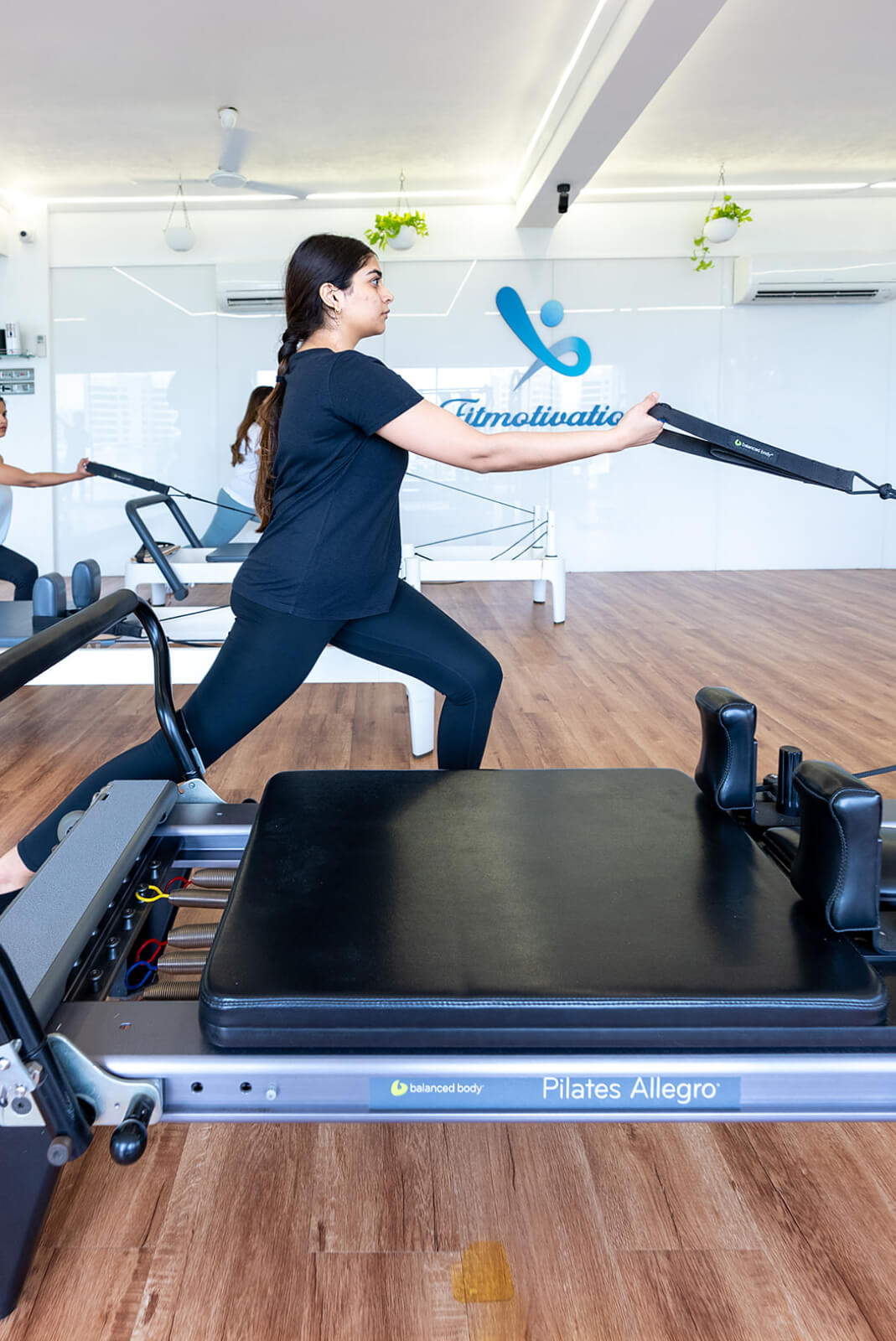Muscle Basics:
Understanding muscle fibers is essential for optimizing fitness. Two main types of muscle fibers exist:
- Type I Muscle Fiber (Slow-Twitch): These fibers, known for endurance, use oxygen efficiently, and resist fatigue. They are vital for sustained activities, stability, and postural control.
- Type II Muscle Fiber (Fast-Twitch): Fast-twitch fibers provide quick bursts of strength but fatigue rapidly. These larger muscles have hypertrophy potential but are geared towards powerful, short-duration activities.
Muscle Growth Mechanism:
Muscle hypertrophy, triggered by increased resistance during training, involves muscle tissue breakdown and subsequent repair, leading to increased muscle mass. Proper nutrition, rest, and recovery are crucial for muscle growth. However, muscle size alone doesn’t equate to true strength; various factors beyond size contribute to overall strength and functionality.
A Balanced Approach to Fitness:
To optimize strength and fitness effectively, individuals need to move beyond the superficial standards set by social media. Embracing a well-rounded approach that prioritizes functional strength, flexibility, and holistic well-being is key. By focusing on sustainable fitness goals and overall health, individuals can achieve a balanced and realistic fitness journey that goes beyond external appearances.
Final Thoughts:
By shedding light on the misconceptions surrounding muscle size and strength, it’s essential to promote a healthier perspective on fitness. Prioritizing functional strength, endurance, and overall well-being over external aesthetics can lead to a more sustainable and fulfilling fitness journey for individuals of all ages and backgrounds.
Understanding the Impact of Heavy Weightlifting on Your Body:
When you lift heavy weights without proper preparation, it can lead to adopting incorrect postures that are detrimental to your body’s well-being.
We’ve all witnessed individuals attempting bicep curls with excessively heavy weights, causing their upper back to extend unnaturally. Similarly, during loaded squats, some struggle to lower their thighs parallel to the floor while arching their lower back, compromising form.
It’s common to fall into the trap of believing that lifting heavy weights equals an effective workout. However, bodybuilding isn’t solely about showcasing strength; it’s about utilizing weights to enhance muscle size. Overloading the barbell to impress others or inflate your ego isn’t the right approach.
The Consequences of Lifting Excessively Heavy Weights:
Upon entering the workforce after college, Rio discovered a Pilates studio near his workplace and embraced Equipment Pilates sessions. Balancing a demanding career as an architect with site visits and design discussions, Pilates provided him with the vitality and flexibility essential for an active lifestyle. Weekday Pilates routines complemented by weekend sports activities like Football and Squash enhanced his dynamic strength and reduced injury risks.
Control:
When you push the limits with heavy weights, several negative outcomes can occur:
- Reduced Time Under Tension: Using momentum to lift heavy weights diminishes the time your muscles spend under tension.
- Loss of Control: Inability to lower the weight in a slow, controlled manner further decreases time under tension.
- Lack of Focus: Struggling to lift heavy weights can shift focus away from the targeted muscles, affecting the effectiveness of the workout.
- Muscle Engagement: Overloading the body leads to the recruitment of unintended muscle groups, reducing the desired muscle pump and increasing the risk of injury.
Remember, the weight you lift doesn’t define your strength, and focusing on impressing others can lead to improper form and potential harm. If you struggle to perform at least eight controlled repetitions with proper form, you’re likely compromising strength gains and risking injury.
How Muscles Actually Gain Strength:
While larger muscle mass can contribute to strength, multiple factors influence muscle strength:
- Specific Tension: The force generated by a muscle.
- Attachment Point/Moment Arm: The pivotal point from which muscles move, influenced by muscle length and load distance.
- Activation of Synergists and Antagonists: The interaction between supporting and opposing muscle groups.
- Anthropometry: Genetic muscle architecture and body composition.
- Maximum Contractile Force: Determined by the number of motor units in a muscle.
- Skill Acquisition: Improving motor skills through training.
By emphasizing proper form, controlled movements, and targeted muscle engagement, you can enhance muscle strength effectively and safely. Prioritizing technique over sheer weight load is crucial for long-term strength gains and overall fitness success.
Exploring the Relationship Between Size and Strength in Fitness:
In simplistic terms, strength training focuses on enhancing force production, while size training centers on inducing muscle pump and micro-tears for repair and growth. It’s akin to upgrading the software (central nervous system) versus the hardware (muscles) of your body.
Strength training is essentially instructing your central nervous system to engage more muscle or increase motor unit recruitment. It involves lower volume, higher intensity, and longer rest periods, often emphasizing compound movements over isolation lifts.
In contrast, size training leans more towards physiological adaptations, strengthening bones, connective tissues, and muscles. It’s about physically building and fortifying your body, fostering tissue development and resilience.
The Power of Pilates for Strength:
Pilates emerges as a highly effective strength training method, fostering leaner and stronger muscles while enhancing posture, fat burning, and overall flexibility for individuals of all genders.
Beyond physical aesthetics, Pilates offers holistic benefits by enhancing functional fitness, translating workout gains into daily activities like carrying groceries, playing with children, or managing household tasks with greater ease.
The advantages of Pilates extend to physical, mental, and emotional well-being, boosting confidence, athletic performance, bone density, and posture. Additionally, it aids in reducing body fat, stress levels, chronic disease risks, and promoting overall health and vitality.
Regardless of your fitness goals—be it strength, muscle gains, or a blend of both—commitment to a consistent exercise regimen is key. However, it’s imperative to heed caution against potential risks such as inadequate warm-ups, rapid weight increments, poor form, or neglecting rest and recovery periods. Seeking guidance from experienced professionals at fitmotivation can ensure safe and effective training practices tailored to your individual needs.
Conclusion:
In the world of fitness, the intertwining elements of size and strength training weave a narrative of physical metamorphosis and resilience. While strength training refines the body’s power dynamics and motor unit engagement,size training delves into the depths,crafting a stronghold of strength within bones , connective tissues ,and muscles. Pilates emerges as a guiding light in the realm of strength training,sculpting lean muscles and enhancing posture,flexibility,and fat burning. Beyond physical gains,pilates breathes vitality into functional fitness,seamlessly integrating workout benefits into daily life.its radiance extends to mental acuity and emotional well-being,fostering confidence,fortifying bone density,and alleviating stress. In this journey towards holistic health, the dedication to consistency is paramount. With the guidance of experts at fitmotivation, individuals embark on a transformative pathway, where size,strength, and pilates converge to nurture resilience,vitality, and enduring well-being.



